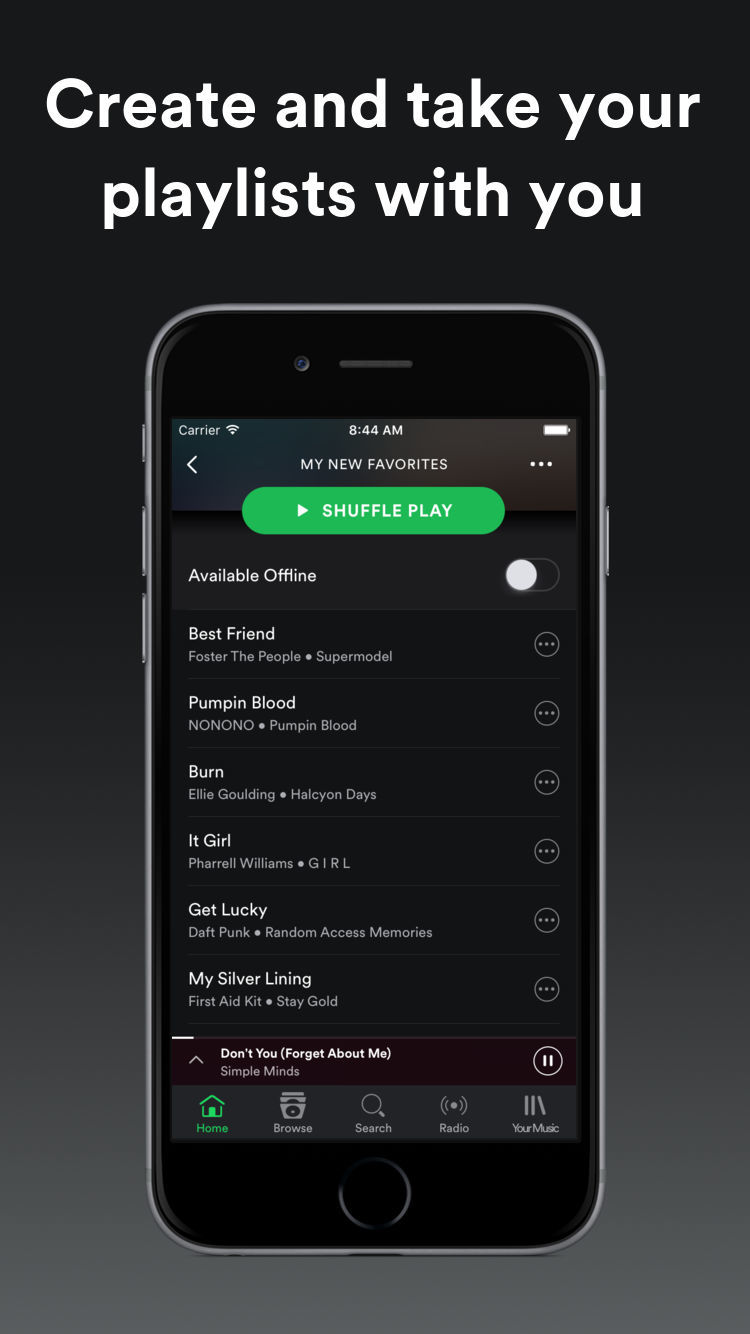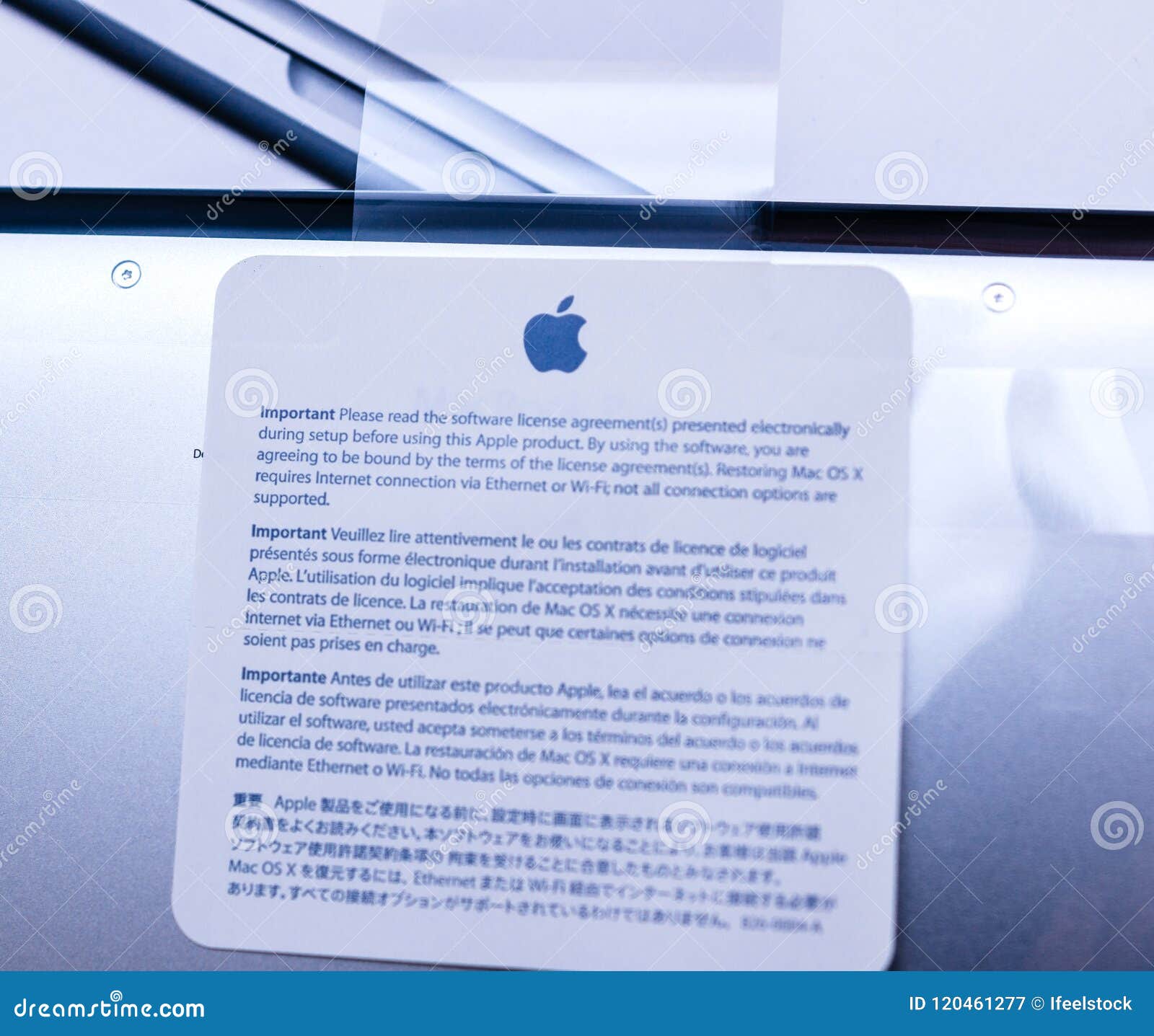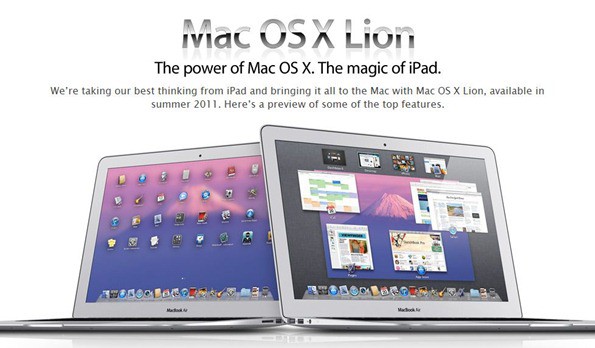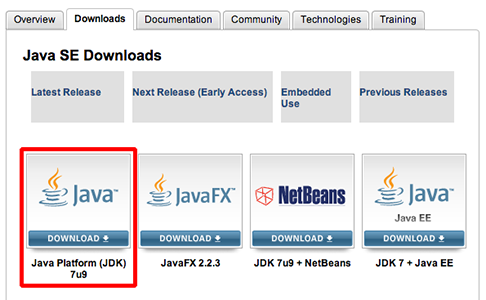First download the KEYS as well as the asc signature file for the relevant distribution. Make sure you get these files from the main distribution site, rather than from a mirror. Then verify the signatures using.% gpg -import KEYS% gpg -verify downloadedfile.asc downloadedfile. To run Ant, use the ant script (ant.bat on Windows, and just plain ant on Unix-based systems such as Mac OS X): Wills-Laptop: wiverson% ant Buildfile: build.xml does not exist! As the message here indicates, Ant expects a build file, generally called build.xml, to give it instructions. May 09, 2010 Download Apache Ant for Mac to java-based build tool. Operating Systems Mac OS X 10.4 PPC, Mac OS X 10.5 PPC, Macintosh, Mac OS X 10.3.9, Mac OS X 10.4 Intel.
In this tutorial, we will show you how to install Apache Ant on Mac OSX.
Tools :
- Apache Ant 1.9.4
- Mac OSX Yosemite 10.10
In older version of Mac, Apache Ant may be already installed by default, check if Apache Ant is installed :

1. Get Apache Ant
Visit Apache Ant website, and get the .tar.gz file.
2. Extracts It
Brandt bb40 service manual. Copy the downloaded gz file to your favorite location, extracts it.
P.S The Apache Ant commands are available at folder $APACHE_ANT_FOLDER/bin.
3. Environment Variable
Set the command ant as the environment variable, so that you can “ant” build your project everywhere.
Exports $ANT_HOME/bin, save and restart terminal.
Test it again, now, you can access the ant command everywhere.
Done.
References
Founder of Mkyong.com, love Java and open source stuff. Follow him on Twitter. If you like my tutorials, consider make a donation to these charities.
Comments
- Mac users interested in Os x apache gui generally download: Apache Protect 0.7 Free Apache Protect is a GUI utility that lets you configure and set up the built-in basic authentication and access control capabilites of your local Apache web server that comes pre-installed with all versions of Mac OS X.
- Download YouTube, Hulu, UStream, CBS, MTV, HBO, and any Web video to your PC in any format.
- Jan 09, 2015 In this tutorial, we will show you how to install Apache Ant on Mac OSX. Tools: Apache Ant 1.9.4; Mac OSX Yosemite 10.10.
Mac OS X: Apache Ant is bundled with Java install. Install the WebWorks SDK. Download and install the appropriate WebWorks SDKs for your development. BlackBerry 10, BlackBerry PlayBook, and BlackBerry Smartphone WebWorks SDKs can all be downloaded from the following locations. Please note that BlackBerry PlayBook development requires the. Apache is an easy to play adventure country game for Mac OS. The player can select and drag a path for cowboys to go to their ranches, wagons to their settlements and damsels to their homes. Indians roam the plains and often ambush unsuspecting pilgrims.
In this tutorial, we will show you how to install Apache Ant on Mac OSX.

Tools :
- Apache Ant 1.9.4
- Mac OSX Yosemite 10.10
In older version of Mac, Apache Ant may be already installed by default, check if Apache Ant is installed :
1. Get Apache Ant
Visit Apache Ant website, and get the .tar.gz file.
2. Extracts It
Copy the downloaded gz file to your favorite location, extracts it.
P.S The Apache Ant commands are available at folder $APACHE_ANT_FOLDER/bin.
3. Environment Variable
Set the command ant as the environment variable, so that you can “ant” build your project everywhere.
Exports $ANT_HOME/bin, save and restart terminal.
Test it again, now, you can access the ant command everywhere.
Done.
References
Related Posts
macOS Update: While these instructions still work, there are new posts for recent versions of macOS, the latest being Install Apache, PHP, and MySQL on macOS Mojave.
I have installed Apache, PHP, and MySQL on Mac OS X since Leopard. Each time doing so by hand. Each version of Mac OS X having some minor difference. This post serves as much for my own record as to outline how to install Apache, MySQL, and PHP for a local development environment on Mac OS X Mountain Lion Mavericks.
I am aware of the several packages available, notably MAMP. These packages help get you started quickly. But they forego the learning experience and, as most developers report, eventually break. Personally, the choice to do it myself has proven invaluable.
It is important to remember Mac OS X runs atop UNIX. So all of these technologies install easily on Mac OS X. Furthermore, Apache and PHP are included by default. In the end, you only install MySQL then simply turn everything on.
First, open Terminal and switch to root to avoid permission issues while running these commands.
Enable Apache on Mac OS X
Note: Prior to Mountain Lion this was an option for Web Sharing in System Prefrences → Sharing.
Verify It works! by accessing http://localhost
Enable PHP for Apache
OS X Mavericks Update: You will need to rerun the steps in this section after upgrading an existing install to Mac OS X Mavericks.
First, make a backup of the default Apache configuration. This is good practice and serves as a comparison against future versions of Mac OS X.

Now edit the Apache configuration. Feel free to use TextEdit if you are not familiar with vi.
Uncomment the following line (remove #):
Restart Apache:
Install MySQL
- Download the MySQL DMG for Mac OS X
- Install MySQL
- Install Preference Pane
- Open System Preferences → MySQL
- Ensure the MySQL Server is running
- Optionally, you can enable MySQL to start automatically. I do.
Apache Ant 1.8.2 Download
The README also suggests creating aliases for mysql and mysqladmin. However there are other commands that are helpful such as mysqldump. Instead, I updated my path to include /usr/local/mysql/bin.
Note: You will need to open a new Terminal window or run the command above for your path to update.
I also run mysql_secure_installation. While this isn't necessary, it's good practice.
Connect PHP and MySQL
You need to ensure PHP and MySQL can communicate with one another. There are several options to do so. I do the following:
Creating VirtualHosts
You could stop here. PHP, MySQL, and Apache are all running. However, all of your sites would have URLs like http://localhost/somesite/ pointing to /Library/WebServer/Documents/somesite. Not ideal for a local development environment.
Mac Os X 10.11 Download Free
Apache Ant Macos
OS X Mavericks Update: You will need to rerun the steps below to uncomment the vhostInclude after upgrading an existing install to Mac OS X Mavericks.
To run sites individually you need to enable VirtualHosts. To do so, we'll edit the Apache Configuration again.

Uncomment the following line:
Mavis beacon for mac torrent. Now Apache will load httpd-vhosts.conf. Let's edit this file.
Here is an example of VirtualHosts I've created.
The first VirtualHost points to /Library/WebServer/Documents. The first VirtualHost is important as it behaves like the default Apache configuration and used when no others match.
The second VirtualHost points to my dev workspace and I can access it directly from http://jason.local. For ease of development, I also configured some custom logs.
Note: I use the extension local. This avoids conflicts with any real extensions and serves as a reminder I'm in my local environment.
Restart Apache:
In order to access http://jason.local, you need to edit your hosts file.
Add the following line to the bottom:
I run the following to clear the local DNS cache:
Now you can access http://jason.local.
Luger serial number suffix. Note: You will need to create a new VirtualHost and edit your hosts file each time you make a new local site.
A note about permissions
You may receive 403 Forbidden when you visit your local site. This is likely a permissions issue. Simply put, the Apache user (_www) needs to have access to read, and sometimes write, your web directory.
If you are not familiar with permissions, read more. For now though, the easiest thing to do is ensure your web directory has permissions of 755. You can change permissions with the command:
In my case, all my files were under my local ~/Documents directory. Which by default is only readable by me. So I had to change permissions for my web directory all the way up to ~/Documents to resolve the 403 Forbidden issue.
Note: There are many ways to solve permission issues. I have provided this as the easiest solution, not the best.
Download Apache Ant For Mac Os X Lion
Download Ant For Mac Os X Download

Install PHPMyAdmin
Unless you want to administer MySQL from the command line, I recommend installing PHPMyAdmin. I won't go into the details. Read the installation guide for more information. I install utility applications in the default directory. That way I can access them under, in this case, http://localhost/phpmyadmin.
Closing
A local development environment is a mandatory part of the Software Development Process. Given the ease at which you can install Apache, PHP, and MySQL on Mac OS X there really is no excuse.
Download Ant For Mac Os X Os
Find this interesting? Let's continue the conversation on Twitter.